Jour Se Leve, Le (1939)
“People in love are said to be more alive than others.”
|
Synopsis: |
|
Genres, Themes, Actors, and Directors:
Response to Peary’s Review: He notes that this picture — which “would have been ideal for Fritz Lang” — is a “landmark of French ‘poetic’ realism” given that it’s “extremely intense, sensual…, and atmospheric (the sets are not just part of the background but create the mood.” He also adds (though this is hard to believe) that he “can think of no other film in which so much import is given to costumes and props, including the gun, Gabin’s dangling cigarette, Laurent’s teddy bear, Gabin’s alarm clock, photos, postcards, hats, brooches, beds, mirrors, flowers, dresses, [and] sweaters”: … and he points out that “characters almost always are drinking, smoking, or holding something.” However, “most interesting” to Peary and many other critics is “the structure,” with “this four-character piece… broken down into several intimate two-character scenes”: Significantly, however, “we never go behind closed doors to see what transpired between the most important combination [of characters], Berry and Laurent” — that is, the “relationship that drove Gabin to his destruction.” Indeed, the primary problem I have with the storyline is that Laurent’s character is somewhat of a boring cipher; we don’t understand why she turns down Gabin’s reasonable early offer of marriage (given that she seems to be in love with him), or her fascination with creepy Berry — unless we’re meant to believe that her status as an orphan has scarred her development. This film is perhaps best known for kicking off more regular cinematic use of flashbacks. To that end, since we know about the murder from the start, our interest revolves around learning how Gabin got into (and will ultimately emerge from) his increasingly tense situation — which involves being shot at repeatedly inside his apartment (real guns and bullets were used), barricading himself using a large armoire, and shouting down at hordes of spectators who have come to watch the stand-off (and, for what it’s worth, profess to be on his side): We do know that Gabin’s ending will be dark; at least we are prepared for that. Notable Performances, Qualities, and Moments:
Must See? Categories
(Listed in 1001 Movies You Must See Before You Die) Links: |
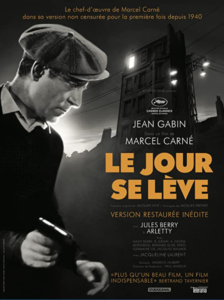
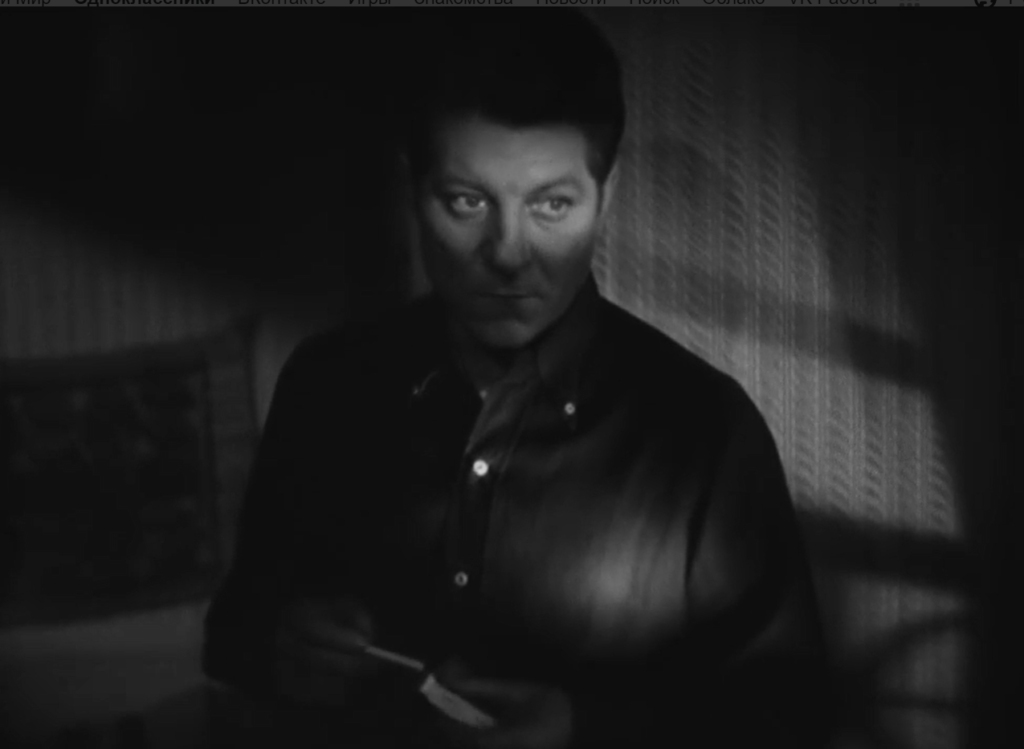
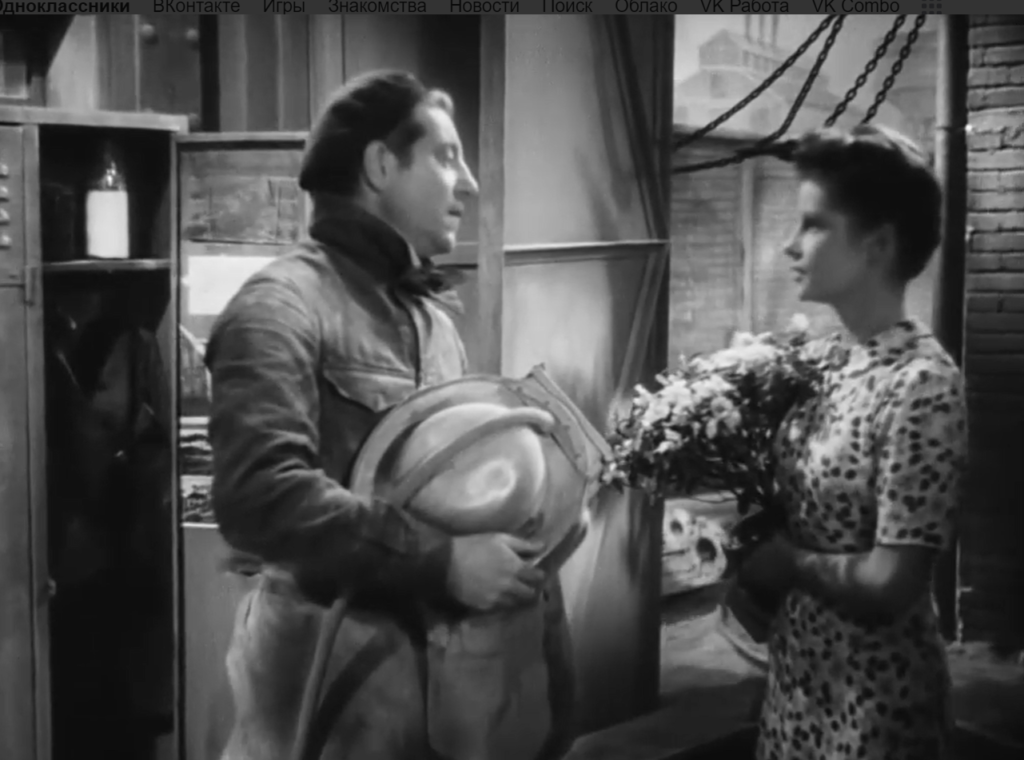
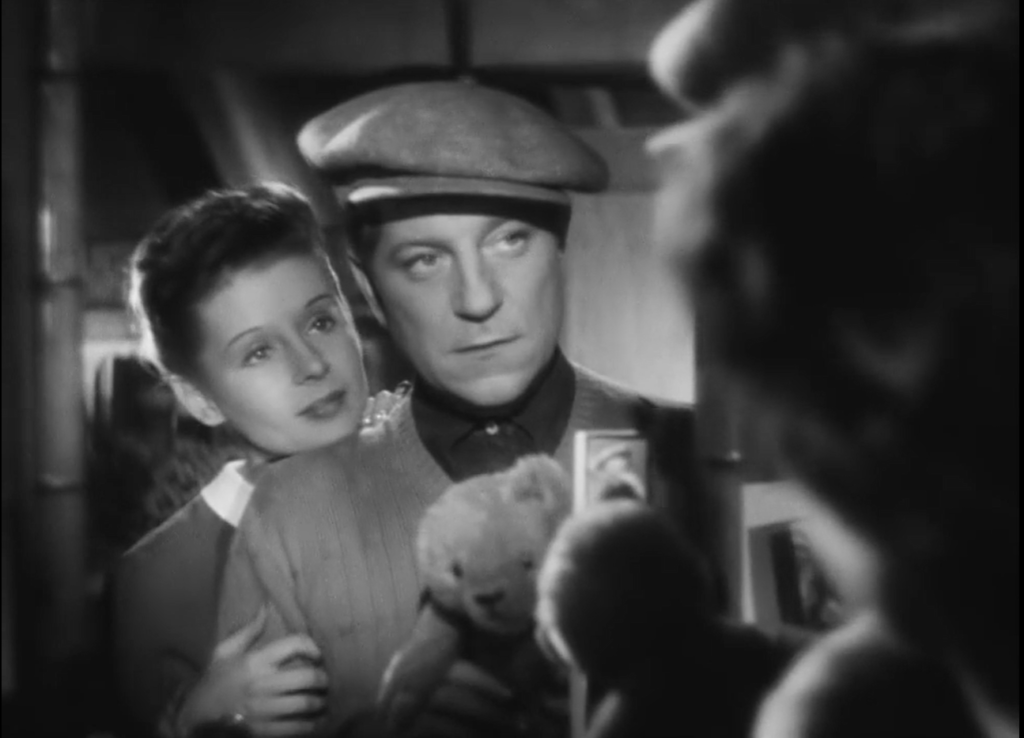
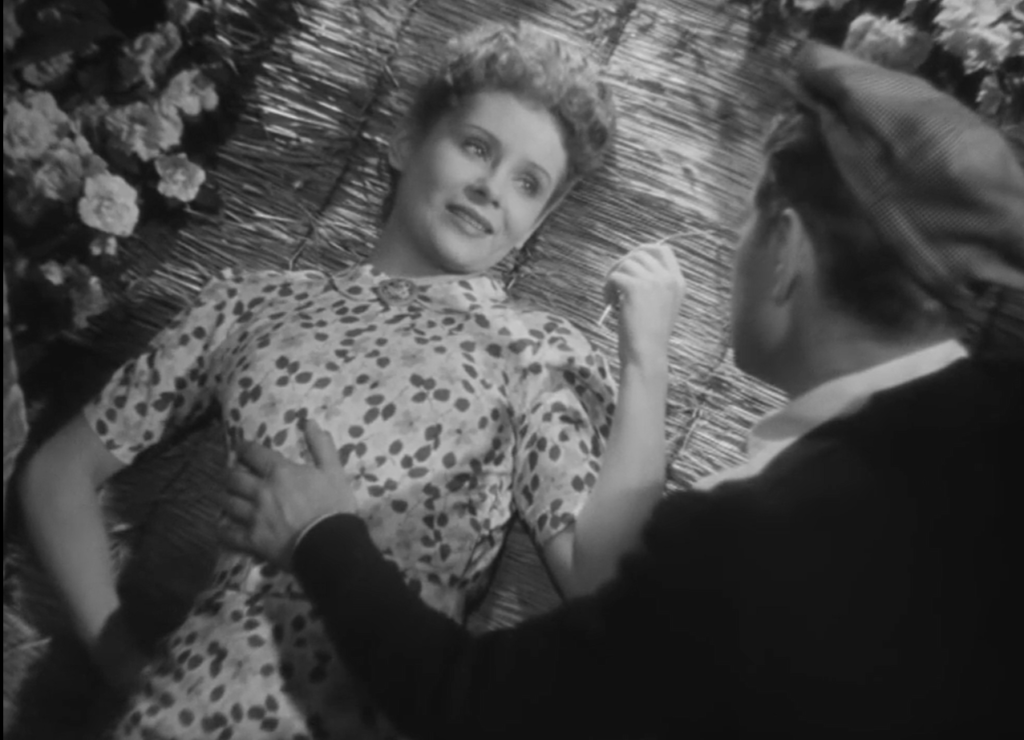
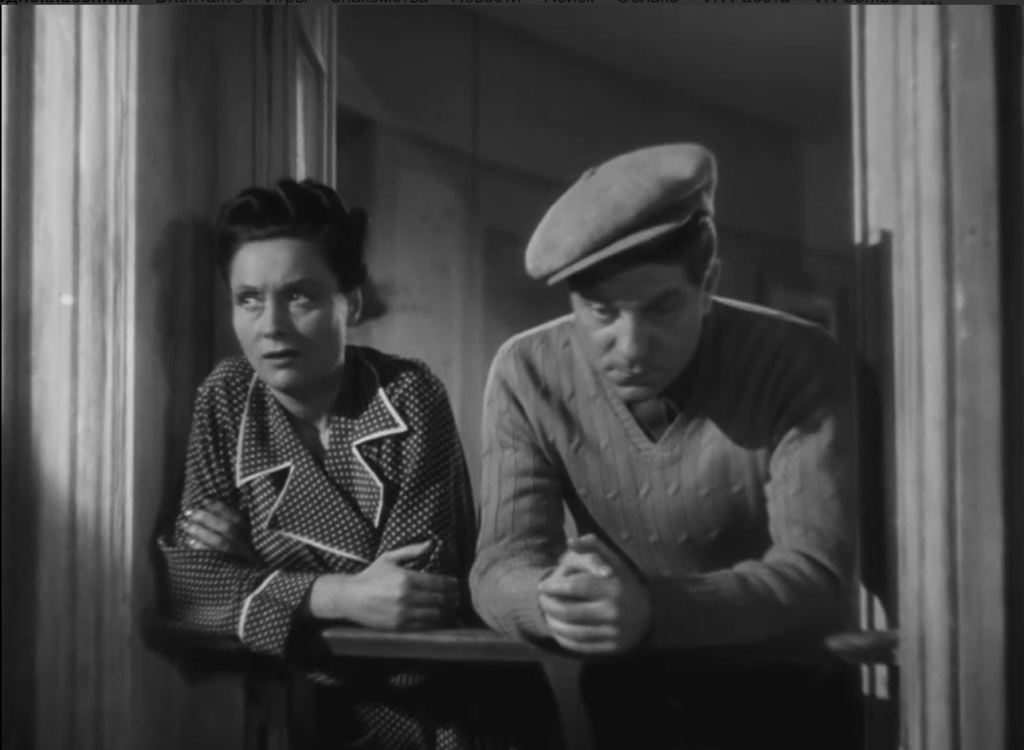
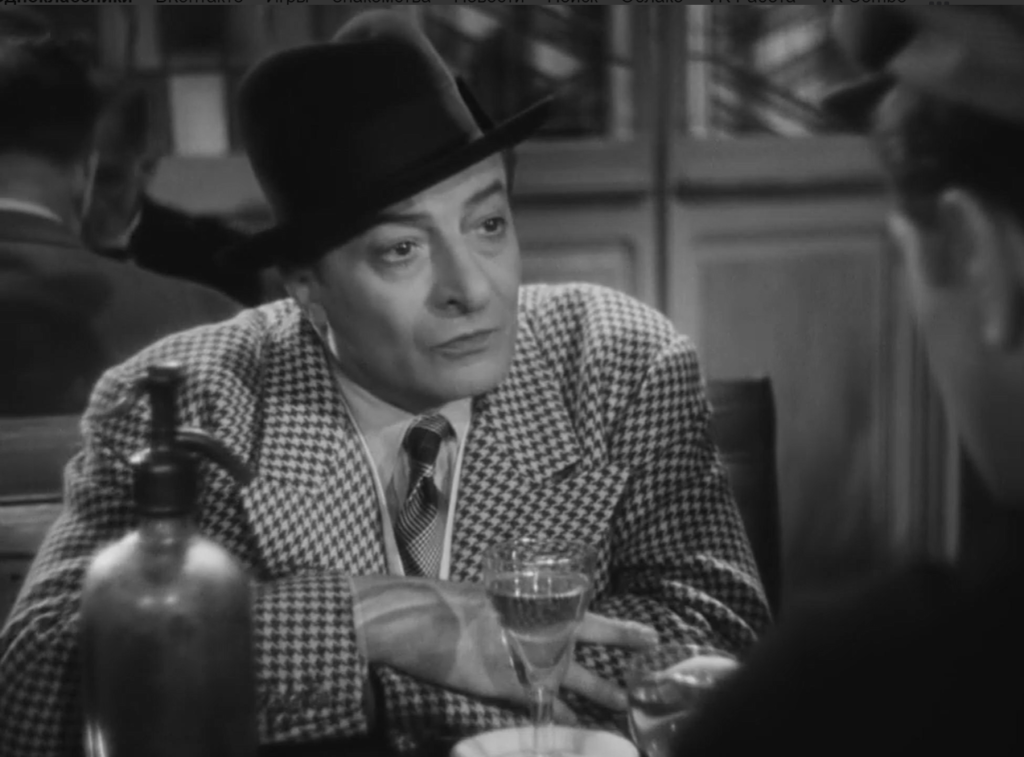
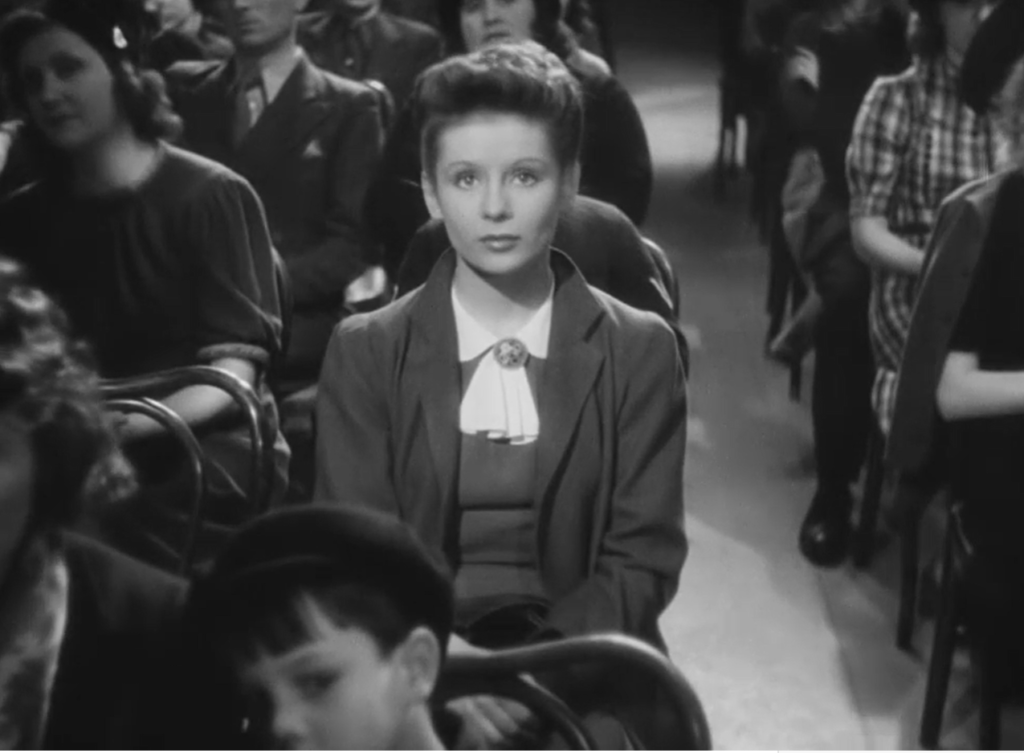


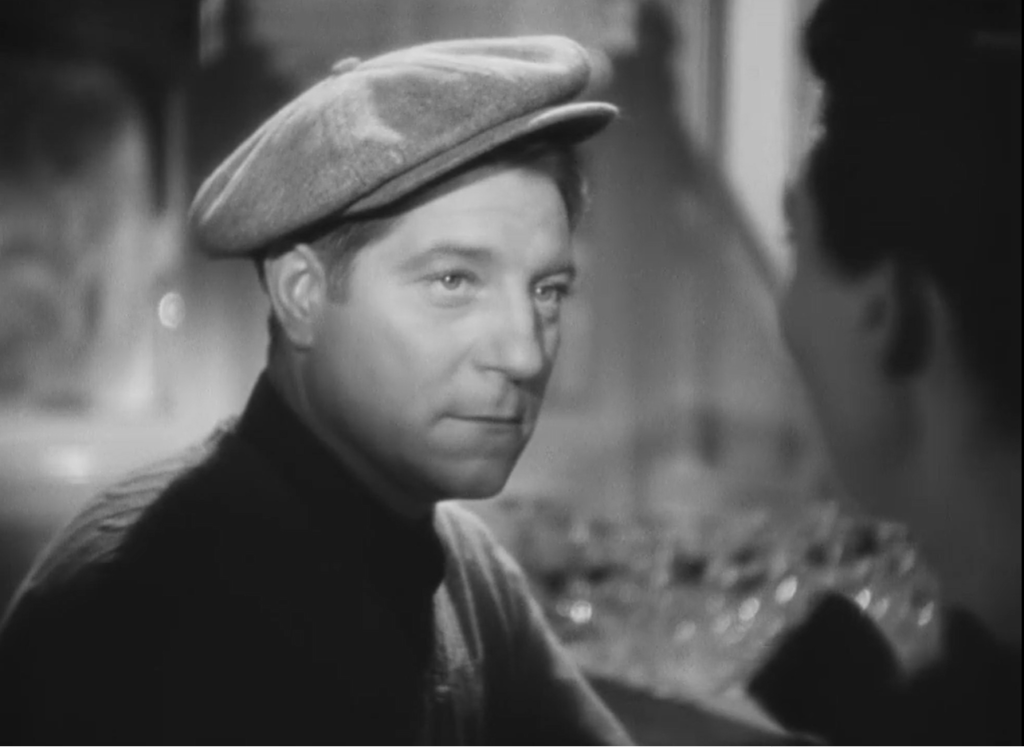
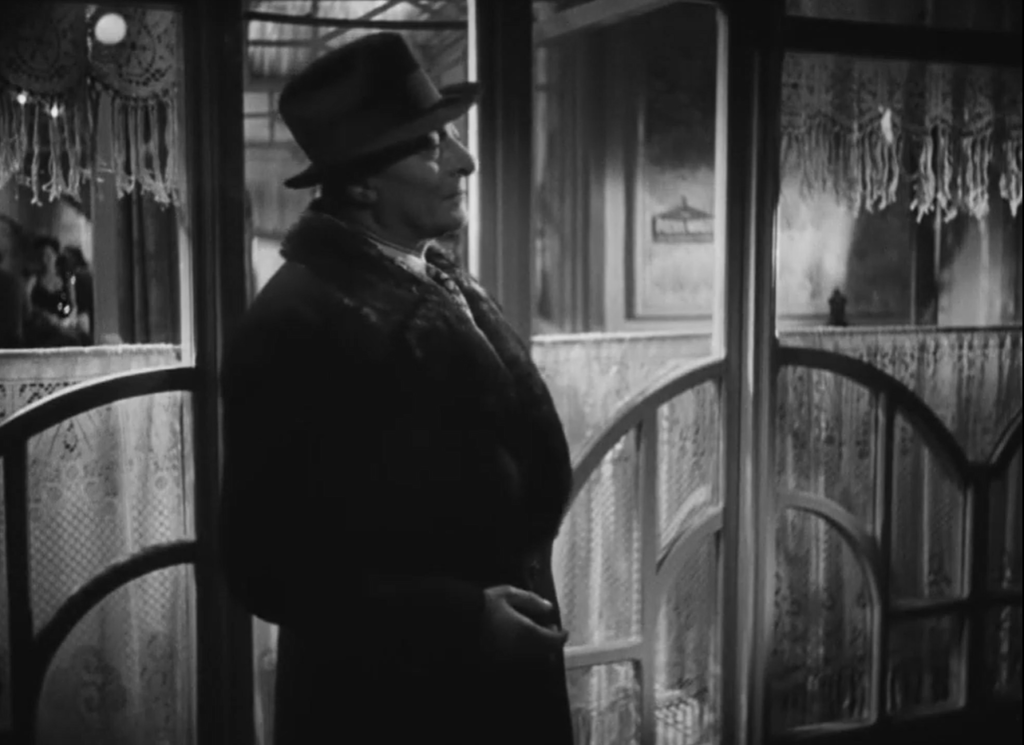
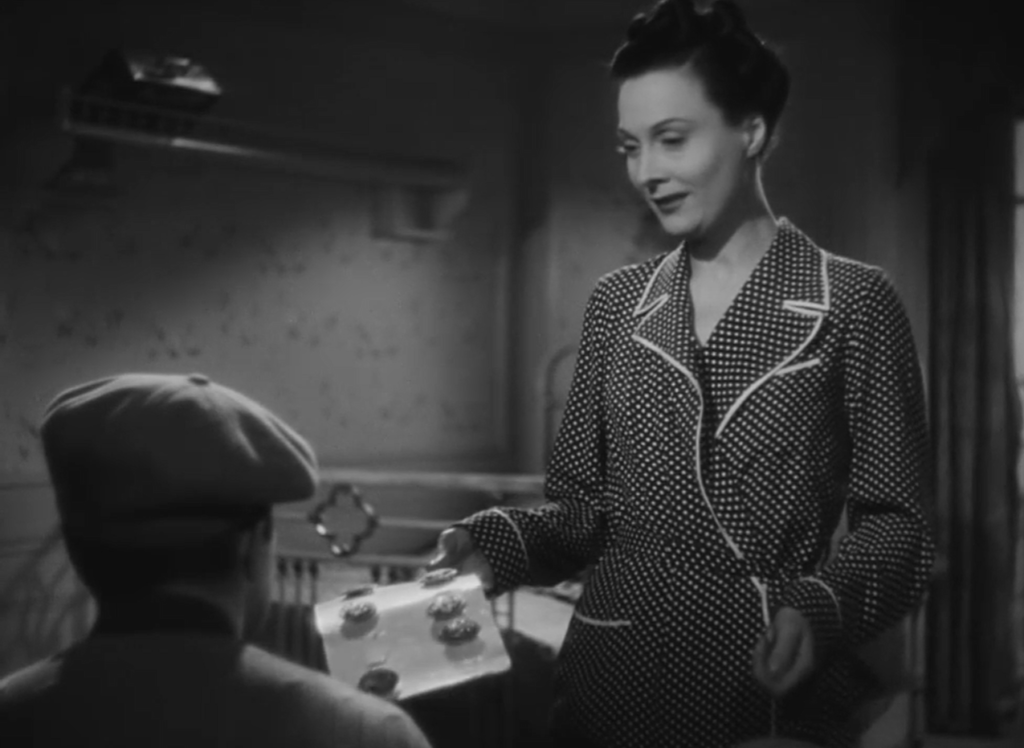
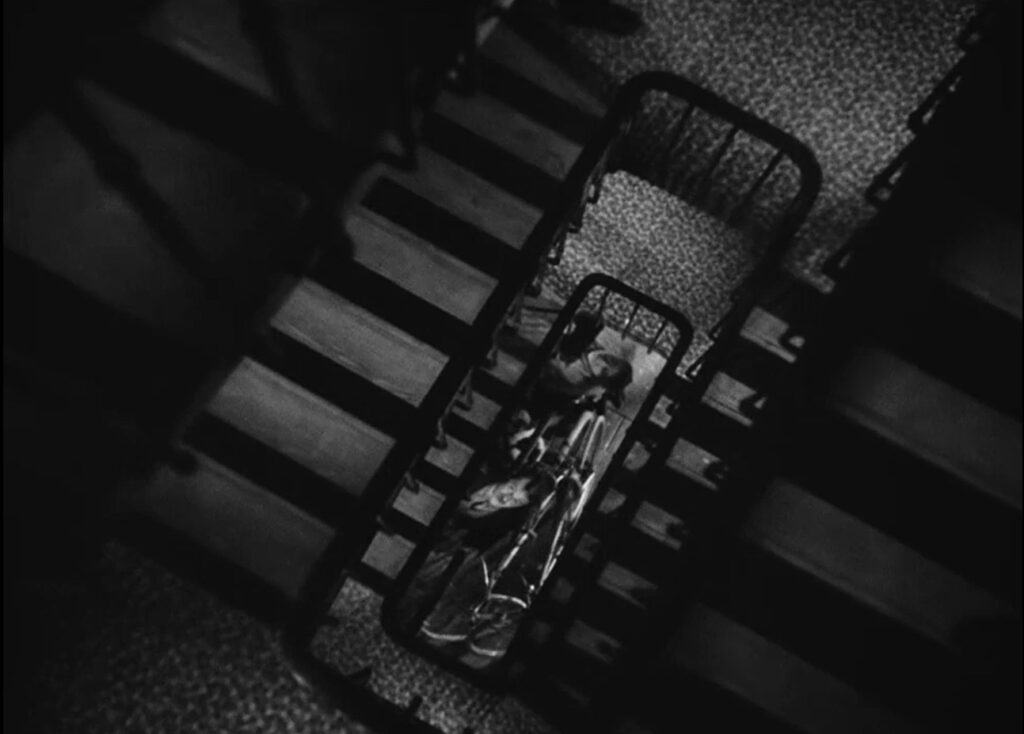
One thought on “Jour Se Leve, Le (1939)”
First viewing (12/8/19). In agreement – a once-must, “for its historical relevance as a pioneering French noir”. As per my post in ‘The ’40s-’50s in Film’ (fb):
“Everyone kills! Everyone! Only they kill by degrees, so it’s not noticed.”
‘Le jour se lève’ (‘Daybreak’; 1939): Director Marcel Carné and writer Jacques Prévert collaborated on a number of films, most notably the classic ‘Les Enfants du Paradis’ (1945) – made while France was occupied by the Nazis. This cusp-of-’40s film is an example of the movement known as ‘poetic realism’ – but what that can mean in terms of this particular film is ‘style over substance’.
The story is almost paper-thin, involving four people inter-connected by affairs of the heart. What gives the film more genuine weight is that one of the four is a chronic manipulator – not just in matters of love; it appears, bizarrely, to be his raison d’être.
Disruption among the four leads to murder (the film’s first scene). The narrative itself is mostly set in the mind of the murderer – who, upon killing, shuts himself off in his top floor room which overlooks a wide village square. He can’t believe it – he’s a decent man; how did his life come to this? A series of flashbacks shows us how.
Though the story is slight and largely angst-ridden, Carné takes full command by making it visually arresting, assisted immeasurably by his production designer Alexandre Trauner and (apparently) 4 DPs.
Jean Gabin gives a sturdy performance as the tragic protagonist. It’s a film that seems to be saying that human nature always falls victim to its frailty. The last sequence certainly puts a coda on that.